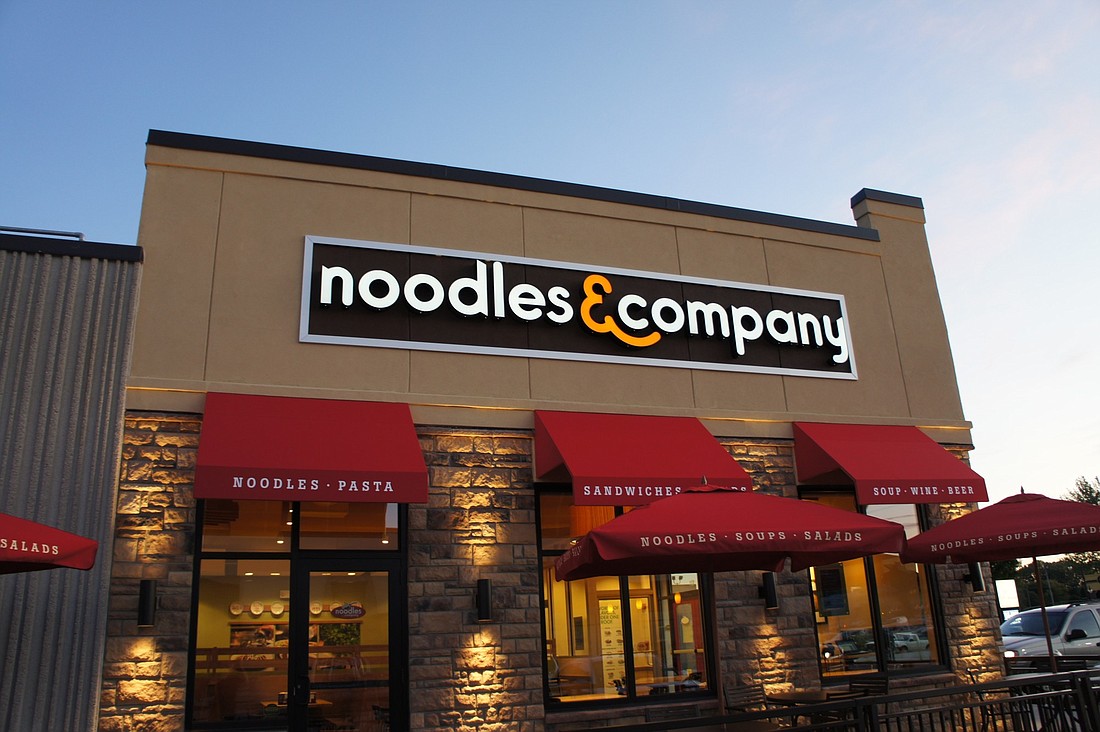- March 17, 2025
-
-
Loading

Noodles & Company, a Colorado fast-casual chain of restaurants, is coming to the Gulf Coast with plans that could see as many as 30 locations open within 10 years.
Those are the words fans of the pasta-focused restaurant chain — and there are legions — have been longing to read for many years. But before these fans get too excited, the company first needs to find out who is going to run the operations locally and just where they’re going to open.